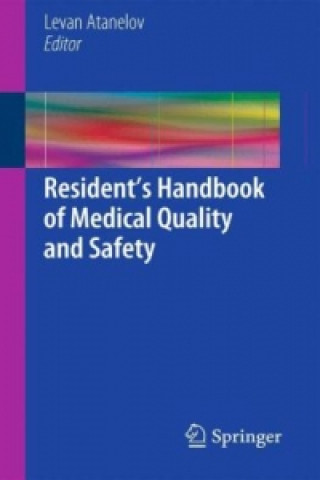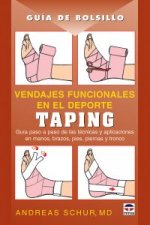
Livrare
Consilier de cumpărături





Nu se pretează? Nu contează! La noi puteți returna bunurile în 30 de zile
 Voucher cadou
orice valoare
Voucher cadou
orice valoare
Cu un voucher cadou nu veți da greș. În schimbul voucherului, destinatarul își poate alege orice din oferta noastră.
Resident's Handbook of Medical Quality and Safety
 engleză
engleză
 293 b
293 b
30 de zile pentru retur bunuri
Ar putea de asemenea, să te intereseze


Drive to provide high value healthcare has created a field of medical quality improvement and safety. A Quality Improvement (QI) project would often aim in translate medical evidence (e.g. hand hygiene saves lives) into clinical practice (e.g. actually washing your hands before you see the patient, suffice it to say that not all hospitals are able to report 100% compliance with hand-hygiene). All doctoral residents in the United States must now satisfy a new requirement from the American College of Graduate Medical Education that they participate in a QI initiative. However, few departments are equipped to help their residents develop and implement a QI initiative. Resident's Handbook is a short, not fussy, and practical introduction to developing a QI initiative. Meant not only for residents seeking to jump-start a QI initiative but also for attending physicians looking to improve their clinical practice, residency program directors and even medical students already eyeing what residency training holds for them; the book introduces and explains the basic tools needed to conduct a QI project. It provides numerous real-life examples of QI projects by the residents, fellows and attendings who designed them, who discuss their successes and failures as well as the specific tools they used. Several chapters provide a more senior perspective on resident involvement in QI projects and feature contributions from several QI leaders, a hospital administration VP and a residency program director. Though originally designed with physicians in mind, the book will also be helpful for physician assistants, nurses, physical, occupational and speech language pathology therapists, as well as students in these disciplines. Since no QI intervention is likely to be successful if attempted in isolation more non-physician clinicians are joining the ranks of quality and safety leadership. Therefore several non-physician clinician led initiatives included in the manuscript constitute an integral part of this book. The book serves as a short introduction to the field of medical quality improvement and safety emphasizing the practical pointers of how to actually implement a project from its inception to publication. To our knowledge this is the first concise do-it-yourself publication of its kind. Some of the topics covered include: how to perform an efficient literature search, how to get published, how to scope a project, how to generate improvement ideas, effective communication, team, project management and basic quality improvement tools like PDCA, DMAIC, Lean, Six Sigma, human factors, medical informatics etc.. Although no substitute for the services of a trained clinical statistician, chapters on statistics and critical assessment of the medical literature familiarizes residents with basic statistical methodologies, clinical trials and evidence based medicine (EBM). Since no QI project is complete without providing evidence for post-intervention improvement we provide a short introduction to the free statistical language R, which helps residents independently run basic statistical calculations. Because much of QI involves assessment of subjective human experiences, there is also a chapter on how to write surveys. Resident's Handbook of Medical Quality and Safety is not an exhaustive QI textbook but rather a hands-on pocket guide to supplement formal training by other means.§
Informații despre carte
 engleză
engleză




 Cum să cumpăr
Cum să cumpăr
























